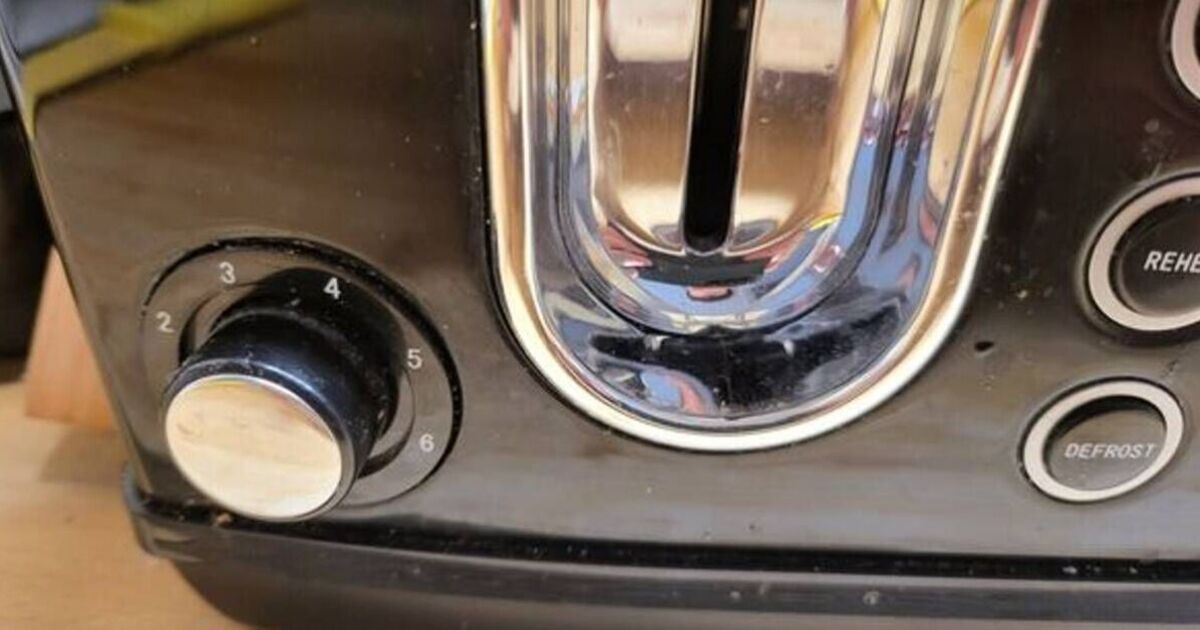It’s part and parcel of a morning routine for millions of people across the UK – pop some bread in the toaster and get a cuppa before you run out the door.
But why is it that no matter what setting on the toaster, it always comes out slightly too pale or totally burned to a crisp?
Many people are only just realising that the toaster dials don’t actually mean minutes – and they don’t necessarily mean ‘levels of toastiness’ either.
In reality, there are three types of toaster out there and the way yours works will very much depend on the brand.
One person took to Reddit to ask: “UK Redditors, help settle an argument. Do toaster dials all mean the same, so a 5 on my toaster is the same as a 5 on yours. Or do the numbers on toaster dials mean minutes, so a 5 means 5 minutes of toasting.”
“I’ve disproved the minutes thing, but am being told my toaster is broken. I mean, 5 minutes of toasting would set the toast on fire.”
“I’m confident the first one is nonsense too. Please weigh in…”
And @randomhigh came in with the facts and explained that, actually, it completely depends on your toaster.
They said: “There are 3 different types of toaster. Timer toasters. In a timer toaster, a mechanical timer controls the toasting process. Most timer toasters tend to be pretty expensive, but guarantees your toast or bagel will pop up automatically after the toasting time is finished. Still, you have peace of mind knowing that the numbers on your device actually do refer to minutes.”
“Capacitor toasters. Capacitor toasters-the kind of toasters most of us own-run on a circuit that cuts off once the capacitor (a device inside your toaster that stores energy) is charged to a specific voltage. So, the numbers on these toasters refer to a resistance rate, or the time it takes for the capacitor to charge, in turn changing how long the toast actually stays in your toaster.”
“Bimetallic strip toasters. Bimetallic strip toasters are usually older models, and run on a circuit system connected by a bent strip. When the heat gets too high, the bimetallic strip will bend to a point where it no longer connects to the circuit, and out pops your toast. The numbers on these models control the level of electricity you’re using; a lower number means a higher electric current, which will heat up and cut off the circuit quicker and toast your bread only briefly.”
“The Bimetallic strip is the same thing used in lots of kettles to turn it off when it gets hot enough.”
As @binmangames summed up: “Higher number = more time but it’s not minutes”.











